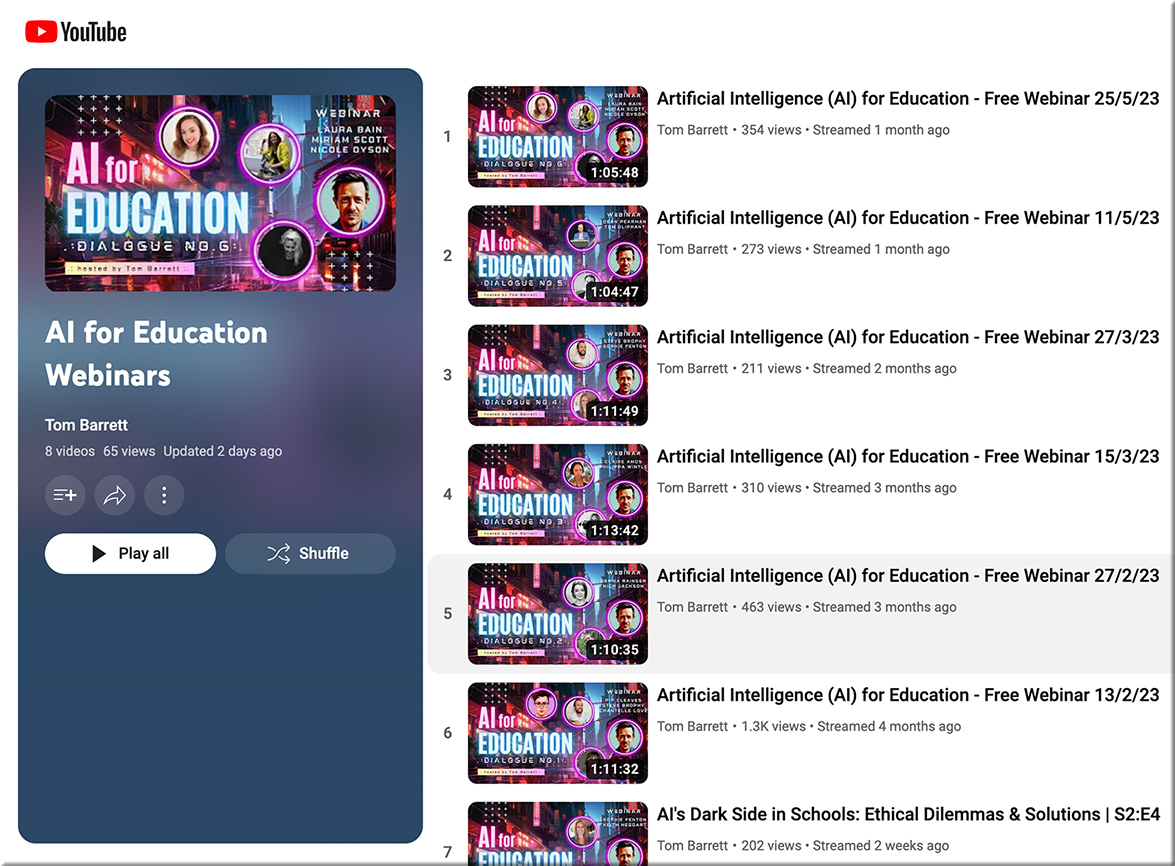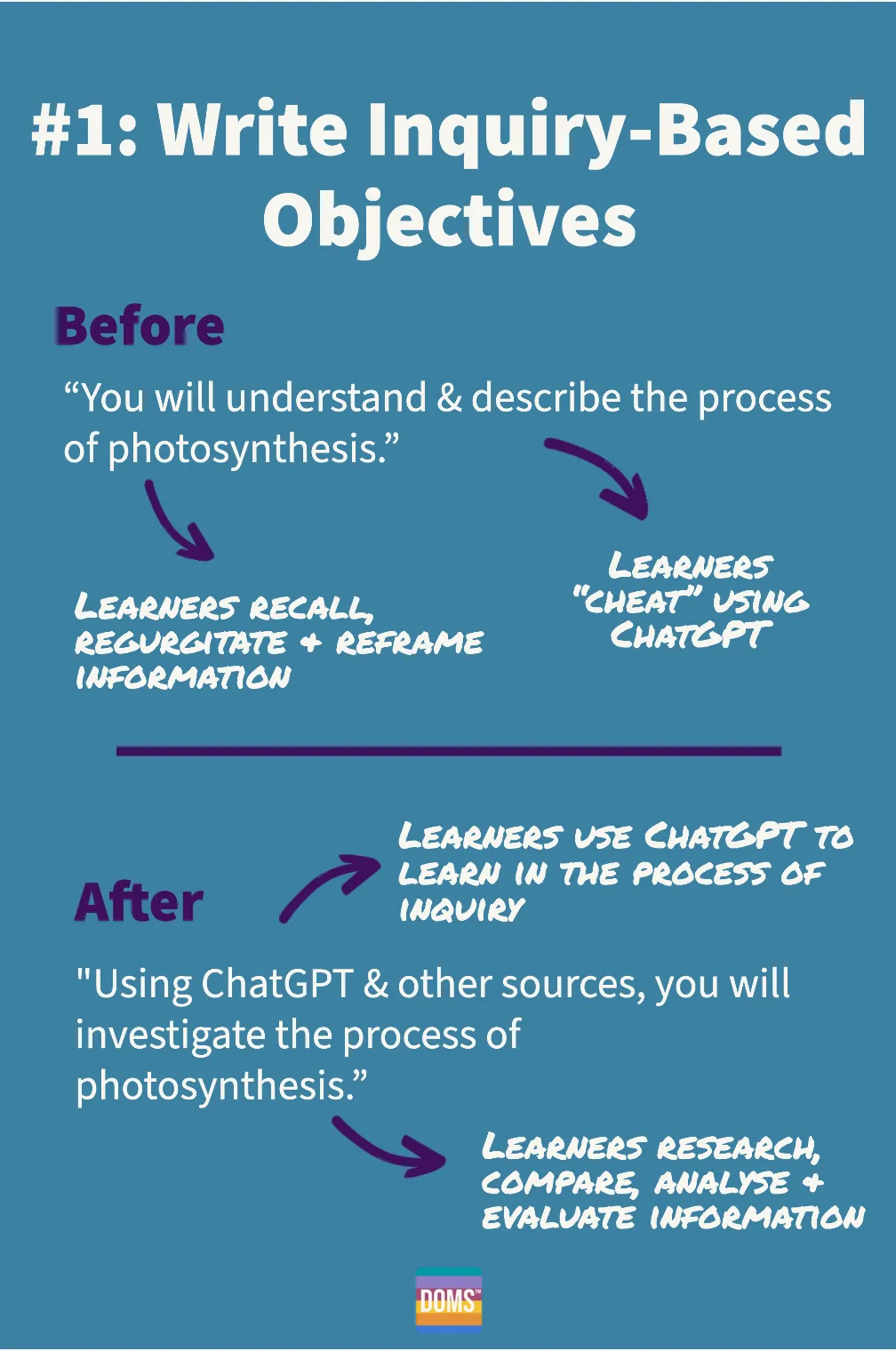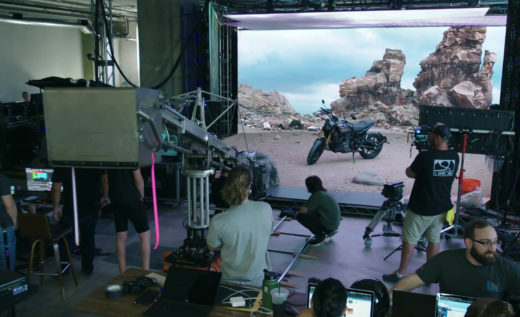DC: Is the future of one of our powerful learning ecosystems more like adding your own desired groups/cohorts, topics, items, etc. to your server? Like a learning-focused type of Discord service? (https://t.co/Vq4dZamBf2)#future #learningecosystems #personalizedlearning pic.twitter.com/wVMWYBN3R1
— Daniel Christian (he/him/his) (@dchristian5) August 17, 2023
? Trailer: Genesis (Midjourney + Runway)
We gave them everything.
Trusted them with our world.
To become enslaved – become hunted.We have no choice.
Humanity must rise again to reclaim.Images: Midjourney
Videos: #Runway
Music: Pixabay / Stringer_Bell
Edited in: CapCut pic.twitter.com/zjeU7YPFh9— Nicolas Neubert (@iamneubert) July 26, 2023
How to spot deepfakes created by AI image generators — Can you trust your eyes | The deepfake election — from axios.com by various; via Tom Barrett
As the 2024 campaign season begins, AI image generators have advanced from novelties to powerful tools able to generate photorealistic images, while comprehensive regulation lags behind.
Why it matters: As more fake images appear in political ads, the onus will be on the public to spot phony content.
Go deeper: Can you tell the difference between real and AI-generated images? Take our quiz:
4 Charts That Show Why AI Progress Is Unlikely to Slow Down — from time.com; with thanks to Donald Clark out on LinkedIn for this resource
The state of AI in 2023: Generative AI’s breakout year — from McKinsey.com
Table of Contents
- It’s early days still, but use of gen AI is already widespread
- Leading companies are already ahead with gen AI
- AI-related talent needs shift, and AI’s workforce effects are expected to be substantial
- With all eyes on gen AI, AI adoption and impact remain steady
- About the research
Top 10 Chief AI Officers — from aimagazine.com
The Chief AI Officer is a relatively new job role, yet becoming increasingly more important as businesses invest further into AI.
Now more than ever, the workplace must prepare for AI and the immense opportunities, as well as challenges, that this type of evolving technology can provide. This job position sees the employee responsible for guiding companies through complex AI tools, algorithms and development. All of this works to ensure that the company stays ahead of the curve and capitalises on digital growth and transformation.
NVIDIA-related items
SIGGRAPH Special Address: NVIDIA CEO Brings Generative AI to LA Show — from blogs.nvidia.com by Brian Caulfield
Speaking to thousands of developers and graphics pros, Jensen Huang announces updated GH200 Grace Hopper Superchip, NVIDIA AI Workbench, updates NVIDIA Omniverse with generative AI.
The hottest commodity in AI right now isn’t ChatGPT — it’s the $40,000 chip that has sparked a frenzied spending spree — from businessinsider.com by Hasan Chowdhury
NVIDIA Releases Major Omniverse Upgrade with Generative AI and OpenUSD — from enterpriseai.news
Nvidia teams up with Hugging Face to offer cloud-based AI training — from techcrunch.com by Kyle Wiggers
Nvidia reveals new A.I. chip, says costs of running LLMs will ‘drop significantly’ — from cnbc.com by Kif Leswing
KEY POINTS
- Nvidia announced a new chip designed to run artificial intelligence models on Tuesday .
- Nvidia’s GH200 has the same GPU as the H100, Nvidia’s current highest-end AI chip, but pairs it with 141 gigabytes of cutting-edge memory, as well as a 72-core ARM central processor.
- “This processor is designed for the scale-out of the world’s data centers,” Nvidia CEO Jensen Huang said Tuesday.
Nvidia Has A Monopoly On AI Chips … And It’s Only Growing — from theneurondaily.com by The Neuron
In layman’s terms: Nvidia is on fire, and they’re only turning up the heat.
AI-Powered War Machines: The Future of Warfare Is Here — from readwrite.com by Deanna Ritchie
The advancement of robotics and artificial intelligence (AI) has paved the way for a new era in warfare. Gone are the days of manned ships and traditional naval operations. Instead, the US Navy’s Task Force 59 is at the forefront of integrating AI and robotics into naval operations. With a fleet of autonomous robot ships, the Navy aims to revolutionize the way wars are fought at sea.
From DSC:
Crap. Ouch. Some things don’t seem to ever change. Few are surprised by this development…but still, this is a mess.
Sam Altman is already nervous about what AI might do in elections — from qz.com by Faustine Ngila; via Sam DeBrule
The OpenAI chief warned about the power of AI-generated media to potentially influence the vote
Altman, who has become the face of the recent hype cycle in AI development, feels that humans could be persuaded politically through conversations with chatbots or fooled by AI-generated media.
Your guide to AI: August 2023 — from nathanbenaich.substack.com by Nathan Benaich
Welcome to the latest issue of your guide to AI, an editorialized newsletter covering key developments in AI policy, research, industry, and startups. This special summer edition (while we’re producing the State of AI Report 2023!) covers our 7th annual Research and Applied AI Summit that we held in London on 23 June.
…
Below are some of our key takeaways from the event and all the talk videos can be found on the RAAIS YouTube channel here. If this piques your interest to join next year’s event, drop your details here.
Why generative AI is a game-changer for customer service workflows — from venturebeat.com via Superhuman
Gen AI, however, eliminates the lengthy search. It can parse a natural language query, synthesize the necessary information and serve up the answers the agent is looking for in a neatly summarized response, slashing call times dramatically.
BUT ALSO
Sam Altman: “AI Will Replace Customer Service Jobs First” — from theneurondaily.com
Excerpt:
Not only do its AI voices sound exactly like a human, but they can sound exactly like YOU. All it takes is 6 (six!) seconds of your voice, and voila: it can replicate you saying any sentence in any tone, be it happy, sad, or angry.
The use cases are endless, but here are two immediate ones:
- Hyperpersonalized content.
Imagine your favorite Netflix show but with every person hearing a slightly different script. - Customer support agents.
We’re talking about ones that are actually helpful, a far cry from the norm!
[NEW] – Joshua Avatar 2.0 ??. Both of these video clips were 100% AI-generated, featuring my own avatar and voice clone. ???
We’ve made massive enhancements to our life-style avatar’s video quality and fine-tuned our voice technology to mimic my unique accent and speech… pic.twitter.com/9EgxRA69dg
— Joshua Xu (@joshua_xu_) August 8, 2023
AI has a Usability Problem — from news.theaiexchange.com
Why ChatGPT usage may actually be declining; using AI to become a spreadsheet pro
If you’re reading this and are using ChatGPT on a daily basis, congrats – you’re likely in the top couple of %.
For everyone else – AI still has a major usability problem.
From DSC:
Agreed.
There is a story spreading about OpenAI going bankrupt by 2024. It started with a report from Business Standard in India.
The story gets so many things incredibly wrong.
There’s absolutely no way OpenAI is going bankrupt anytime soon.
Here’s why:
— Nathan Lands (@NathanLands) August 14, 2023
From the ‘godfathers of AI’ to newer people in the field: Here are 16 people you should know — and what they say about the possibilities and dangers of the technology. — from businessinsider.com by Lakshmi Varanasi
The future of learning and skilling with AI in the picture — from chieflearningofficer.com by Janice Burns
Janice Burns, chief transformation officer at Degreed, looks at how AI is impacting the future of learning and skilling.
Sections include:
- Saving L&D time
- Recommending and personalizing
- ‘As you need it’ learning
- A career coach for everyone?
- More advances coming
- Be mindful of the limitations
- Remain open to the changes coming
Also relevant/see:
BCG | AI at Work: What People Are Saying https://t.co/kZhtY3YA9W via @BCG
Employees recognize the need for training and upskilling that this new era will require, but few have actually received it.
Via The Neuron
— Daniel Christian (he/him/his) (@dchristian5) August 2, 2023
Who Will Train Digital (Legal) Talent At Scale? — from forbes.com by Mark A. Cohen
Excerpt (emphasis DSC):
The urgency to fill existing and prospective positions with digital talent and to upskill those already in the workforce are among the reasons why leading companies have boldly assessed and transformed their enterprise talent management strategies. Some key initiatives leading companies are undertaking include:
- Direct involvement by the C-Suite in the formulation of the enterprise talent strategy and lifecycle;
- A paradigmatic hiring shift from diplomas to skills;
- Increased investment in upskilling and career advancement to promote retention and to identify high-performers early on;
- Targeted collaboration with universities focused on training in areas of existing and projected talent supply demand
- Promoting a learning-for-life mindset and encouraging creative thinking, cross-cultural collaboration, and forging a culture that values these and other humanistic values.
- Collaborating with other companies to create joint solutions for fulfilling skill demand
Practical, powerful employee education: How interactivity supports greater learning online — from chieflearningofficer.com by Natasha Nicholson
Consider this comparison: In more passive online learning, a participant will learn primarily by listening, watching and observing. Conversely, in an interactive model, the participant will be expected to engage with a story or situation by being asked to make choices that will show potential consequences.
…
Here are some of the elements that, when combined, make interactive learning especially effective:
Generative AI and the future of work in America — from mckinsey.com by Kweilin Ellingrud, Saurabh Sanghvi, Gurneet Singh Dandona, Anu Madgavkar, Michael Chui, Olivia White, and Paige Hasebe
At a glance
- During the pandemic (2019–22), the US labor market saw 8.6 million occupational shifts, 50 percent more than in the previous three-year period.
- By 2030, activities that account for up to 30 percent of hours currently worked across the US economy could be automated—a trend accelerated by generative AI.
- Federal investment to address climate and infrastructure, as well as structural shifts, will also alter labor demand.
- An additional 12 million occupational transitions may be needed by 2030.
- The United States will need workforce development on a far larger scale as well as more expansive hiring approaches from employers.
Employers will need to hire for skills and competencies rather than credentials, recruit from overlooked populations (such as rural workers and people with disabilities), and deliver training that keeps pace with their evolving needs.
The AI-Powered, Totally Autonomous Future of War Is Here — from wired.com by Will Knight
Ships without crews. Self-directed drone swarms. How a US Navy task force is using off-the-shelf robotics and artificial intelligence to prepare for the next age of conflict.
From DSC:
Hhhhmmmmm…..not good. Is anyone surprised by this? No, I didn’t think so either. That’s why the United States and China are so heated up about semiconductor chips.
AI puts glitch in graduates’ employment plans — from hrdive.com by Ginger Christ
Recent grads are worried how AI will affect their career prospects, a new survey found.
Excerpt:
- The proliferation of new technologies like generative artificial intelligence is making recent graduates uneasy, a new study released Thursday found. A third of the 1,000 people who graduated in the past year said they are second-guessing their career choice, while roughly half reported questioning their workforce preparedness and feeling threatened by AI, according to the 2023 Employability Report by Cengage Group, a global education technology company.
“The workplace has changed rapidly in the last few years, and now we are witnessing a new shift as AI begins to reshape worker productivity, job requirements, hiring habits and even entire industries,” Michael Hansen, Cengage Group CEO, said in a news release.
Along these lines, also see:
AI Boom Creates Concerns for Recent Graduates — from insidehighered.com by Lauren Coffey
More than half of recent graduates question whether they are properly prepared for the workforce in light of the rise of artificial intelligence, a survey finds.
…
There is also more of a preference for skills training credentials. Among employers, nearly 40 percent said skills training credentials are most important, while only 19 percent ranked a college degree as most important.
…
However, recent graduates did cite an issue with most higher education institutions’ ability to teach employability skills. In 2023, 43 percent of students said their degree program taught them the necessary skills for their first job, down 20 percentage points from 2022.
Instructure, Khan Academy Announce Major Partnership On AI Tutoring, Teaching
— from forbes.com by Derek Newton
The news is that Instructure, one of the few public education companies and the market leader in learning management with their signature product Canvas, struck a partnership with Khan Academy to create an AI-powered tutoring and teaching assistant tool – merging Khan’s innovative instructional content and Instructure’s significant reach, scale, and data insights. The partnership and related tools will be known as Khanmigo, according to the announcement.
On brand names alone, this is a big deal. On potential impact, it could be even bigger.
How To Use AI to Write Scenarios — from christytuckerlearning.com by Christy Tucker
How can you use AI to write scenarios for learning? Read this example with prompts and results using ChatGPT and Bard.
Excerpts:
So far, I have found these tools helpful in generating ideas, writing first drafts, and summarizing. They work better for general knowledge tasks than really specific topics unless I provide more details to them, which makes sense.
This post isn’t going to give you “5 magical prompts to instantly write scenarios for you” or anything like that. Instead, this is a “working out loud” post where I’ll share some prompts I have used.
Christy’s posting includes:
- “The Meeting from Hell”
- “The Backstabbing Coworker”
- “The Boss from Hell”
- “The Office Romance Gone Wrong”
- “The New Hire with Attitude”
Some potential tools for you to check out:
- 15 Best AI Tools for Education in 2023 — finance.yahoo.com by Maliha Shaikh
DC: I’m sympathetic to those who are supposed to be making policy when what we’re dealing with continues to evolve/change so quickly. https://t.co/1KB8dSFWaO
— Daniel Christian (he/him/his) (@dchristian5) July 27, 2023
The Rise of the Talent Economy — from drphilippahardman.substack.com by Dr. Philippa Hardman
How Education & Training Will Dictate the Future & Impact of AI
“Talent, more than capital, will represent the critical factor of production.”
…
In short, the demand for AI skills requires a significant transformation in training and education models. To bridge the global skills gap, educational institutions, online learning providers, and employers must design and deliver training programs that cater to the rapidly evolving AI-driven labor market.
How ChatGPT killed my discussion boards and prompted new prompts — from timeshighereducation.com by Sara Cline; per Robert Gibson on LinkedIn
Advice on learning and discussion prompts that require students to think beyond the remit of AI responses
Excerpts:
To combat this problem, we modified some of our prompts this summer to try to prevent students from using AI to avoid learning. I’m sharing some of our strategies in the hope that they help you out as you adapt your course to a world of generative AI.
- Use prompts that force a personal opinion.
- Have students include their source(s) as an attachment.
- Use current or local events.
- Have them take and caption a photo.
- Draw a diagram or chart.
- Build and explain a 3D model.
- Include timestamps from lecture videos.
- Scrap the discussion boards.
Dark web ChatGPT is here… — from therundown.ai
The Rundown: A new cybercrime generative AI tool called FraudGPT is being advertised on the Dark web and Telegram channels, offering offensive capabilities like crafting spear-phishing emails and creating undetectable malware.
…
Why it matters: Scammers can now look more realistic than ever before and at a larger scale. The sad truth is that the emergence of cybercrime AI tools like FraudGPT is just beginning.
From DSC:
If true and if it could help build and/or contribute to cloud-based learner profiles, this could be huge.
#Linkedin is working on LinkedIn Coach!
It’s an AI ASSISTANT that helps you apply for JOBS, learn new SKILLS, and find more ways to CONNECT with your network! pic.twitter.com/jKBrPmEFJt
— Nima Owji (@nima_owji) July 27, 2023
Wayfair’s AI tool can redraw your living room and sell you furniture — from theverge.com by Wes Davis
The home decoration company’s new Decorify AI remodeling tool is clumsy but could be effective for visualization while remodeling.
Q&A from Vendors – Learning Systems Edition — from elearninfo247.com by Craig Weiss
Excerpt:
It is kind of weird. So many sites that list Q&A’s – mine included, look at it from the reader’s standpoint – what I refer to as consumers, even though they may have an audience consisting of PEs (Private Equity), outside their industry (C-Level and similar), vendors in the specific industry (e-learning) and sub-segments OR just a variety of folks who are not on the consumer side of the house, instead on the vendor or investment side.
And yet, I receive a lot of inquiries from vendors, including PE and investment firms. They all have questions. They all seek answers. I will hold back from the investment and PE side; let’s take a peek at the vendor side.
The invisible cost of resisting AI in higher education — from blogs.lse.ac.uk by Dr. Philippa Hardman
Excerpt (emphasis DSC):
The implications of this development are perhaps more significant than we realise. There has been much discussion in recent months about the risks associated with the rise of generative AI for higher education, with most of the discussion centring around the challenge that ChatGPT poses to academic integrity.
However, much less work has been done on exploring the negative – even existential – consequences that might stem from not embracing AI in higher education. Are these new principles enough to reverse the risk of irrelevance?
What if we reimagine “learning” in higher education as something more than the recall and restructuring of existing information? What if instead of lectures, essays and exams we shifted to a model of problem sets, projects and portfolios?
I am often asked what this could look like in practice. If we turn to tried and tested instructional strategies which optimise for learner motivation and mastery, it would look something like this…
Also relevant/see:
Do or Die? — from drphilippahardman.substack.com by Dr. Philippa Hardman
The invisible cost of resisting AI in higher education
Excerpt:
- Embracing AI in the higher education sector prepares students for the increasingly technology-driven job market and promotes more active, participatory learning experiences which we know lead to better outcomes for both students and employers.
- With the rising popularity of alternative education routes such as bootcamps and apprenticeships, it’s crucial for traditional higher education to engage positively with AI in order to maintain its competitiveness and relevance.
DC: Sounds very useful for learning-related items.
“Custom instructions allow you to add preferences or requirements that you’d like ChatGPT to consider when generating its responses.” https://t.co/n0WOJnmDIY
— Daniel Christian (he/him/his) (@dchristian5) July 21, 2023
For example, a teacher crafting a lesson plan no longer has to repeat that they’re teaching 3rd grade science. A developer preferring efficient code in a language that’s not Python – they can say it once, and it’s understood. Grocery shopping for a big family becomes easier, with the model accounting for 6 servings in the grocery list.
This is the worst AI will ever be, so focused are educators on the present they can’t see the future — from donaldclarkplanb.blogspot.com by Donald Clark
Teaching technology
There is also the misconception around the word ‘generative’, the assumption that all it does is create blocks of predictable text. Wrong. May of its best uses in learning are its ability to summarise, outline, provide guidance, support and many other pedagogic features that can be built into the software. This works and will mean tutors, teachers, teaching support, not taking support, coaches and many other services will emerge that aid both teaching and learning. They are being developed in their hundreds as we speak.
This simple fact, that this is the first technology to ‘learn’ and learn fast, on scale, continuously, across a range of media and tasks, it what makes it extraordinary.
On holding back the strange AI tide — from oneusefulthing.org by Ethan Mollick
There is no way to stop the disruption. We need to channel it instead
And empowering workers is not going to be possible with a top-down solution alone. Instead, consider:
- Radical incentives to ensure that workers are willing to share what they learn. If they are worried about being punished, they won’t share. If they are worried they won’t be rewarded, they won’t share. If they are worried that the AI tools that they develop might replace them, or their coworkers, they won’t share. Corporate leaders need to figure out a way to reassure and reward workers, something they are not used to doing.
- Empowering user-to-user innovation. Build prompt libraries that help workers develop and share prompts with other people inside the organization. Open up tools broadly to workers to use (while still setting policies around proprietary information), and see what they come up with. Create slack time for workers to develop, and discuss, AI approaches.
- Don’t rely on outside providers or your existing R&D groups to tell you the answer. We are in the very early days of a new technology. Nobody really knows anything about the best ways to use AI, and they certainly don’t know the best ways to use it in your company. Only by diving in, responsibly, can you hope to figure out the best use cases.
Teaching: Preparing yourself for AI in the classroom — from chronicle.com by Beth McMurtrie
Auburn’s modules cover the following questions:
- What do I need to know about AI?
- What are the ethical considerations in a higher-ed context?
- How will AI tools affect the courses I teach?
- How are students using AI tools, and how can I partner with my students?
- How do I need to rethink exams, papers, and projects I assign?
- How do I redesign my courses in the wake of AI disruption?
- What other AI tools or capabilities are coming, and how can I design for them?
- What conversations need to happen in my department or discipline, and what is my role?
Transforming Higher Education: AI as an Assistive Technology for Inclusive Learning — from fenews.co.uk by Gain Hoole
In recent years, I have witnessed the transformative power of technology in higher education. One particular innovation that has captured my attention is Artificial Intelligence (AI). AI holds tremendous potential as an assistive technology for students with reasonable adjustments in further education (FE) and higher education (HE).
In this comprehensive blog post, I will delve into the multifaceted aspects of AI as an assistive technology, exploring its benefits, considerations, challenges, and the future it holds for transforming higher education.
The integration of AI as an assistive technology can create an inclusive educational environment where all students, regardless of disabilities or specific learning needs, have equal access to educational resources. Real-time transcription services, text-to-speech capabilities, and personalized learning experiences empower students like me to engage with course content in various formats and at our own pace (Fenews, 2023). This not only removes barriers but also fosters a more inclusive and diverse academic community.
5 Ways to Ease Students Off the Lecture and Into Active Learning — from chronicle.com by Jermey T. Murphy
Lecturing endures in college classrooms in part because students prefer that style of teaching. How can we shift that preference?
What can we do? Here are five considerations I’ll be following this coming fall in response to that nagging “less discussion, more instruction” evaluation.
- Lecture … sparingly.
- Routinely ask how the course is going.
- Be transparent.
- …and more
A three-part series re: courseware out at The Chronicle of Higher Education:
- Millions of Students a Year Are Required to Buy Courseware. Often, It Replaces the Professor. — from chronicle.com by Taylor Swaak
. - Courseware Can Be Integral to a Course. Why, Then, Are Students Footing the Bill for It? — from chronicle.com by Taylor Swaak
The Homework Tax | For students already struggling to afford college, courseware can add to the burden
Their argument is multifold: For one, they say, products like these — which often deliver key elements of a course that an instructor would typically be responsible for, like homework, assessments, and grading — should not be the student’s burden. At least one student advocate said colleges, rather, should cover or subsidize the cost, as they do with software like learning-management systems, if they’re allowing faculty free rein to adopt the products.
…
And the fact that students’ access to these products expires — sometimes after just a semester — rubs salt in the wound, and risks further disadvantaging students.
. - Bots Are Grabbing Students’ Personal Data When They Complete Assignments — from chronicle.com by Taylor Swaak
When students use courseware, how much personal data is it collecting?
Institutions aren’t “letting the wolf into the henhouse”; instead, “we’re letting the hens out into a forest of wolves,” said Billy Meinke, an open educational resources technologist with the Outreach College at the University of Hawaii-Manoa who’s done research on publisher misuse of student data.
.
Here are five reading challenges to learn about learning this summer — from retrievalpractice.org by Pooja K. Agarwal, Ph.D.
Excerpt (emphasis DSC):
Here are five summer reading challenges to learn about the science of learning.
Important: make sure you remember what you learn! Engage yourself in retrieval practice and retrieve two things after each book, practice guide, and research article you read. Share your two things with our communities on Twitter and Facebook, make a list of what you’ve learned to boost your long-term learning,…
Assignment Makeovers in the AI Age: Essay Edition — from derekbruff.org Derek Bruff
Last week, I explored some ways an instructor might want to (or need to) redesign a reading response assignment for the fall, given the many AI text generation tools now available to students. This week, I want to continue that thread with another assignment makeover. Reading response assignments were just the warm up; now we’re tackling the essay assignment.
Here are ways professional education leaders can prepare students for the rise of AI — from highereddive.com by A. Benjamin Spencer
Institutions must adapt their curricula to incorporate artificial intelligence-related topics, the dean of William & Mary Law School argues.
First, they need to understand that the technological side of AI can no longer be simply left to the information technology experts. Regardless of the professional domain, understanding what AI is, how it works, how the underlying code and algorithms are designed, and what assumptions lie behind the computer code are important components to being able to use and consume the products of AI tools appropriately.
How Professionals Are Using AI in eLearning — from teamedforlearning.com
The boom in artificial intelligence is touching nearly every industry, and eLearning is no exception. From content creation to instructional design, industry professionals and organizations are finding innovative ways to apply AI in elearning. Whether creating training modules for corporate employees or crafting educational programs, professionals are making AI part of their standard toolkit.
At Teamed, we have the privilege of working and speaking with people from all over the elearning industry including instructional designers, content developers, and organizations considering how to apply it for productivity and the benefit of learners. AI and machine learning come up frequently in these conversations. Here’s what we’ve learned and observed about AI in elearning from experts in our industry.
On a somewhat related note, also see:
The hottest new job is “head of AI” and nobody knows what they do — from www-vox-com.cdn.ampproject.org by Rani Molla
America’s biggest companies are hiring AI leadership as fast as they can.
Animation Tips for eLearning — from learningguild.com by Bill Brandon
Excerpt:
Why use animation in eLearning? Many people may think of animation in terms of entertainment value alone. Animation is far more valuable for its ability to engage learners, explain or illustrate ideas, and improve recall of complex relationships, such as cause and effect.
Look up these specific animation types for use in your projects:
- Whiteboard animation: Not necessary to be able to draw the characters. Multiple brands.
- Stop-motion animation
- Animation programs for beginners
- Free animation software
Also relevant/see:
Be an eLearning Storyteller With Style and Confidence — from learningguild.com by Bill Brandon
Excerpt:
Humans are good storytellers, and humans respond well to stories. We know this from our own experience. Not only that, people remember stories for a long time, far longer than we remember a lot of teaching. Do you recall stories that someone in your family told you? Why don’t we remember lessons from school as long or as vividly? Stories are powerful if we know how to use them. In this article I will introduce you to a way to use stories to achieve outcomes.
Any time you are designing a course, a learning experience, or just pitching an idea to your boss or an L&D stakeholder, it’s a story. Even if it does not seem like one, a successful production—whether it is an animated presentation, a virtual supporting example or other content—is based on some fundamental storytelling tactics. It doesn’t have to begin “Once Upon A Time,” it just needs to be constructed the right way for your purpose – To make it a memory.
Virtual Production Primer — from provideocoalition.com by Damian Allen
Excerpt:
…use this handy guide to educate yourself on the terms and technologies at play in Virtual Production.
On somewhat related tangent, also see:
Below is an item regarding the upgrade to Midjourney, which is an example of generative AI that can convert natural language prompts into images.
It’s been less than 48 hours since MJ v5.2 was launched!
And AI Twitter has gone nuts over the new version.
Here are 15 examples + 6 Tutorials of the new v5.2?
(via the amazing @Merzmensch) pic.twitter.com/lz1WaFpEmE
— Rushik (@hey_rushik) June 25, 2023









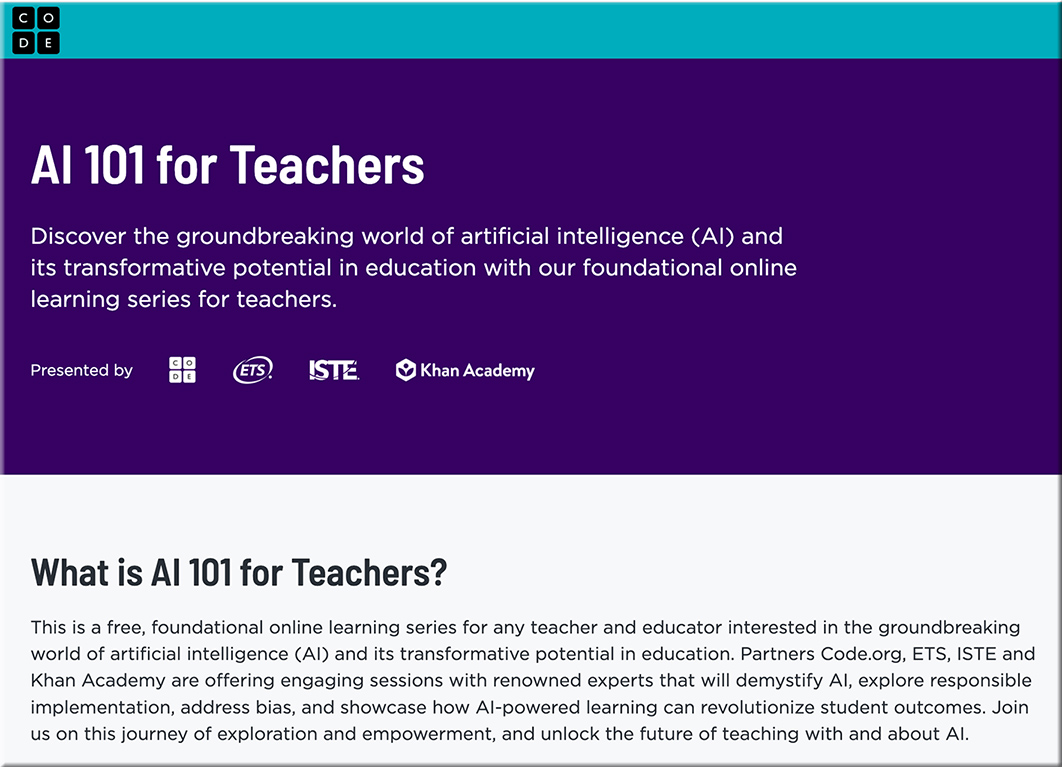
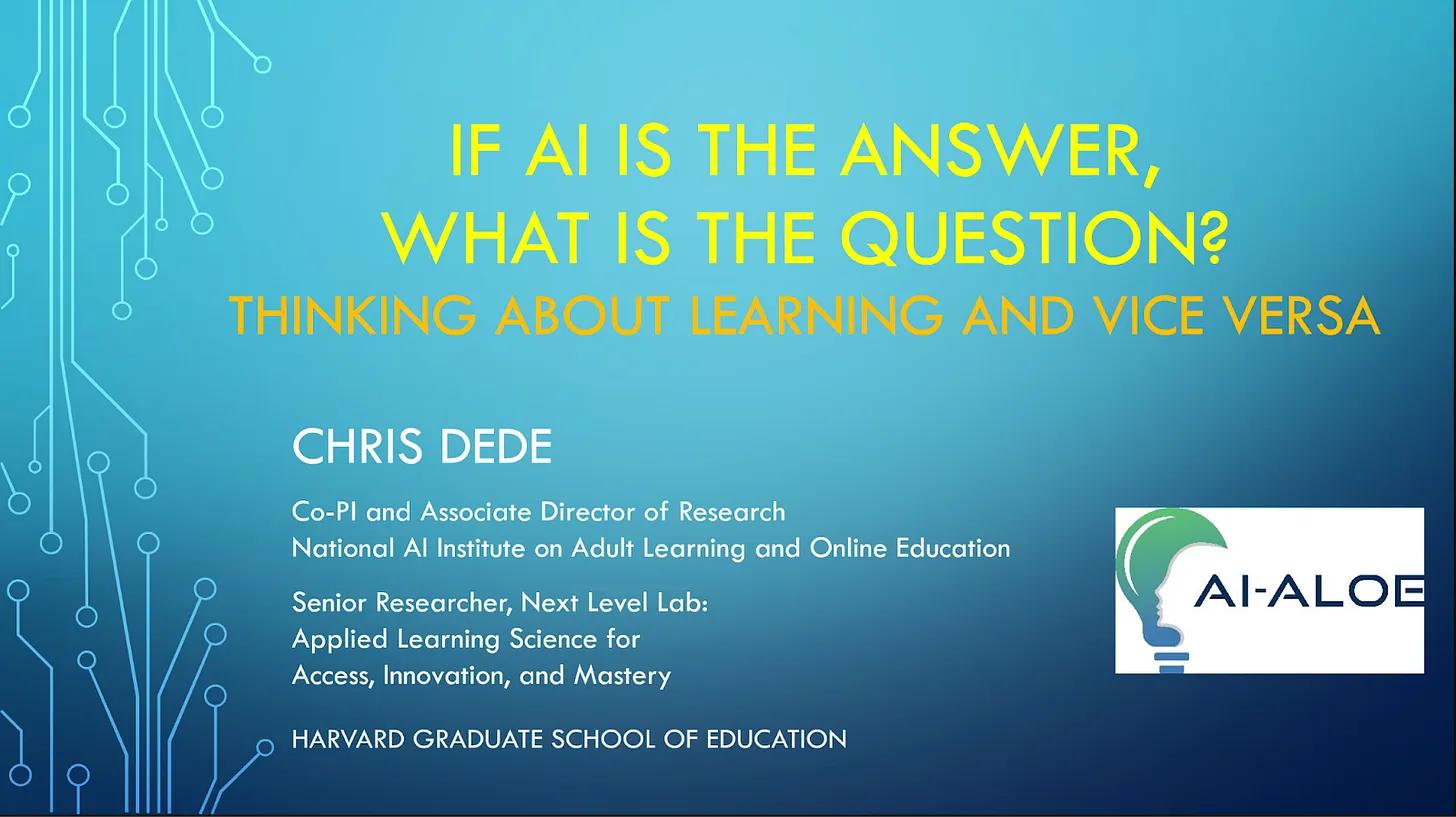

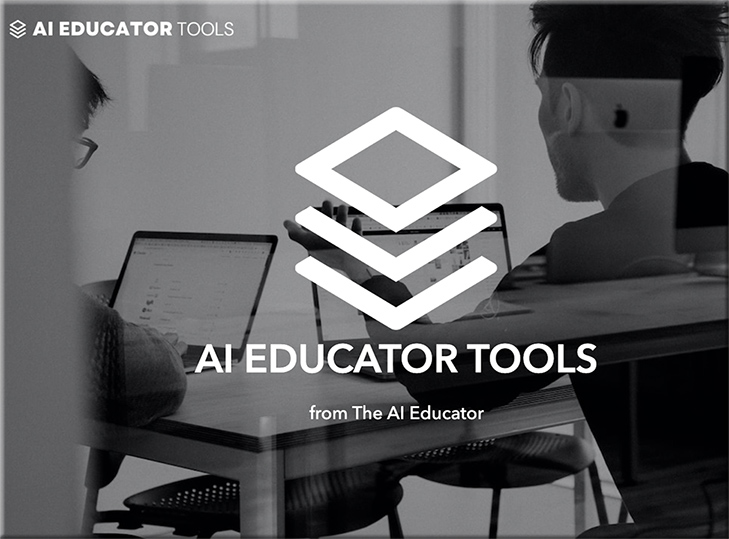

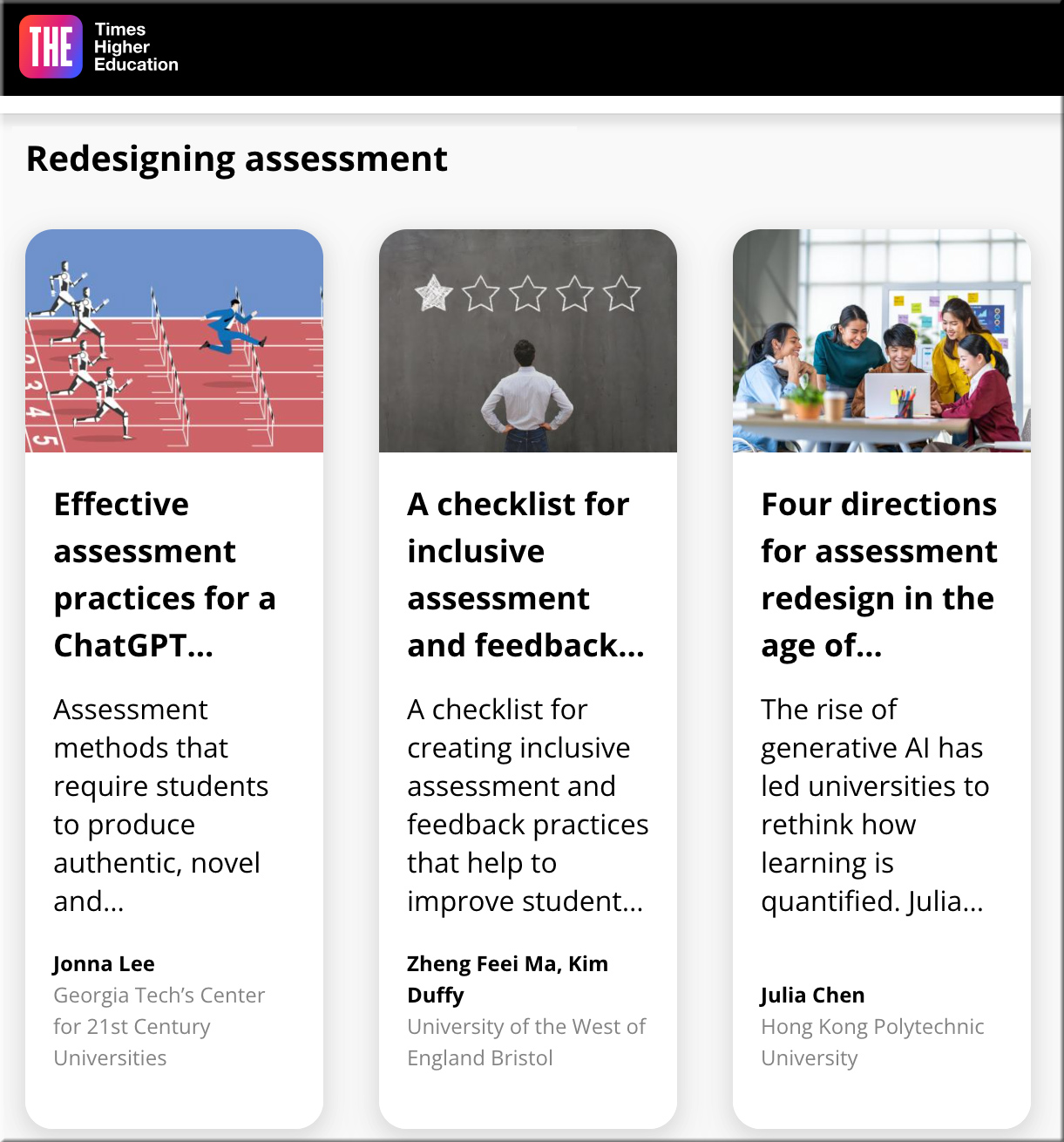

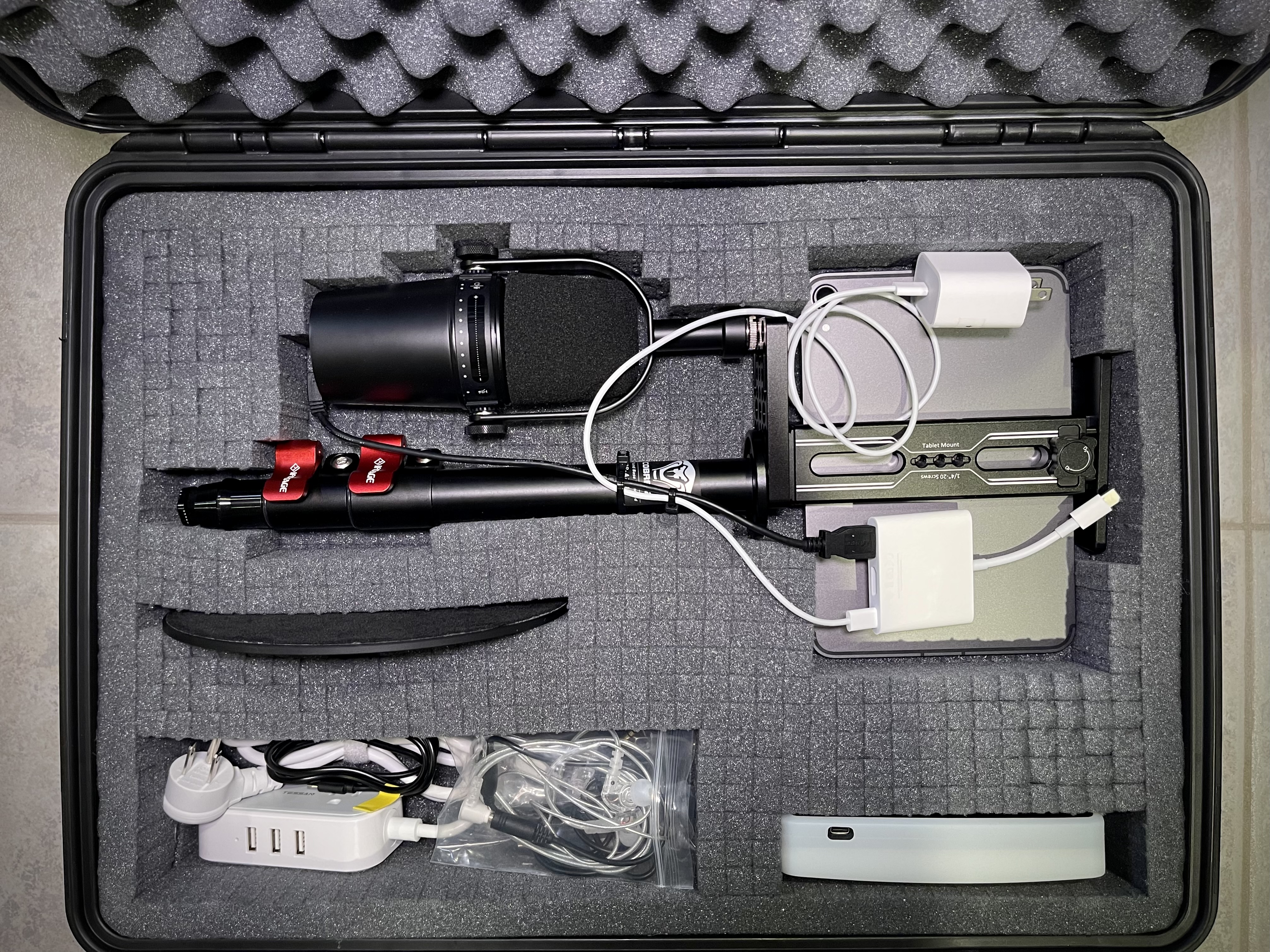

:format(webp)/cdn.vox-cdn.com/uploads/chorus_asset/file/24807167/Screenshot_2023_07_24_at_3.34.42_PM.png)

